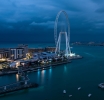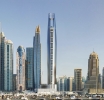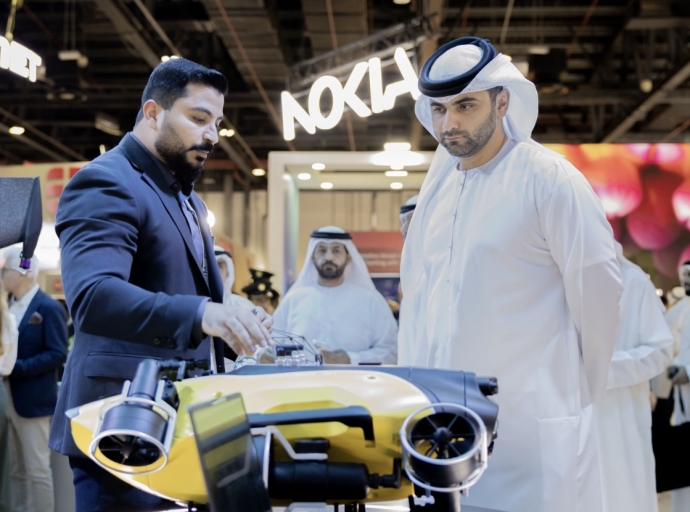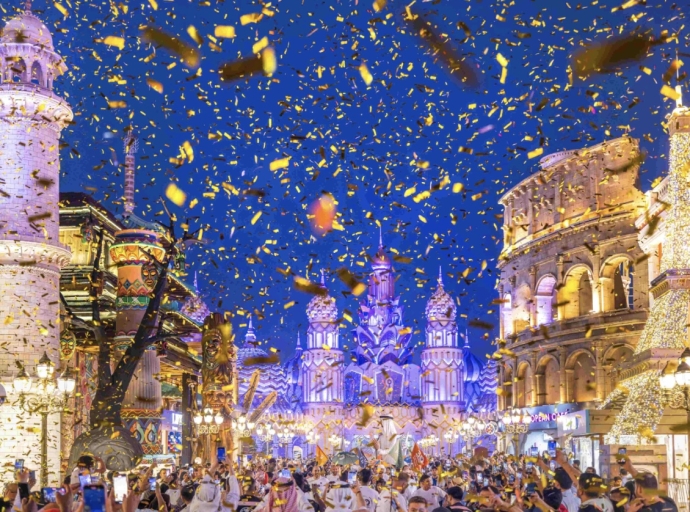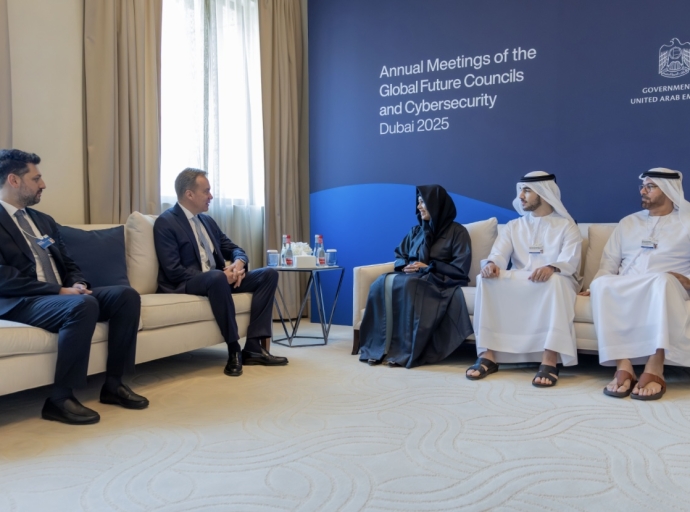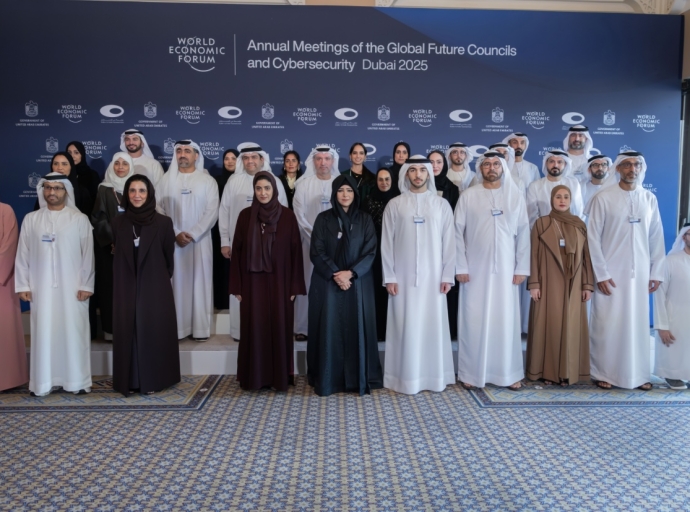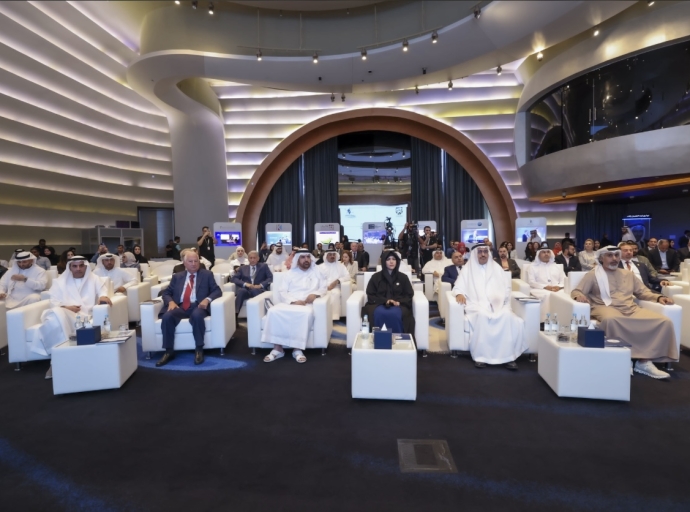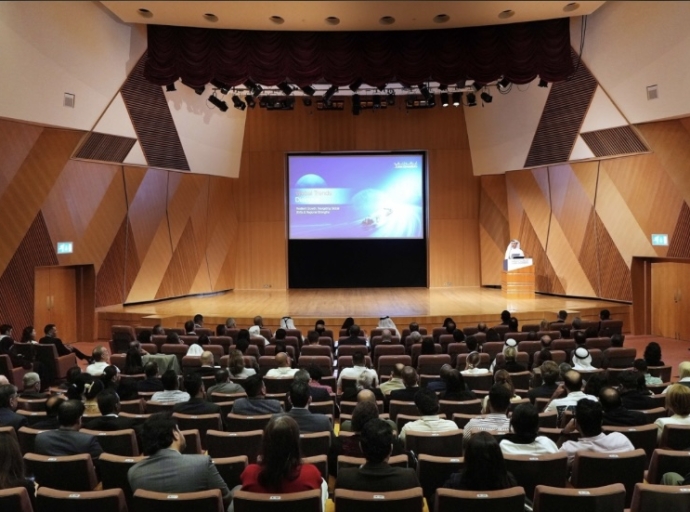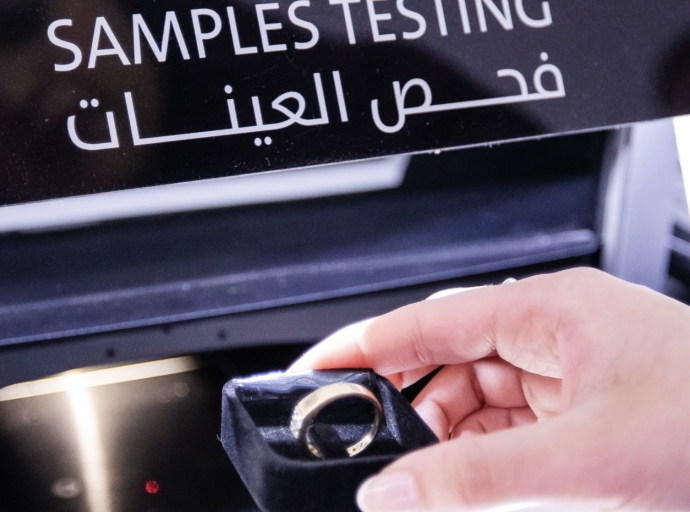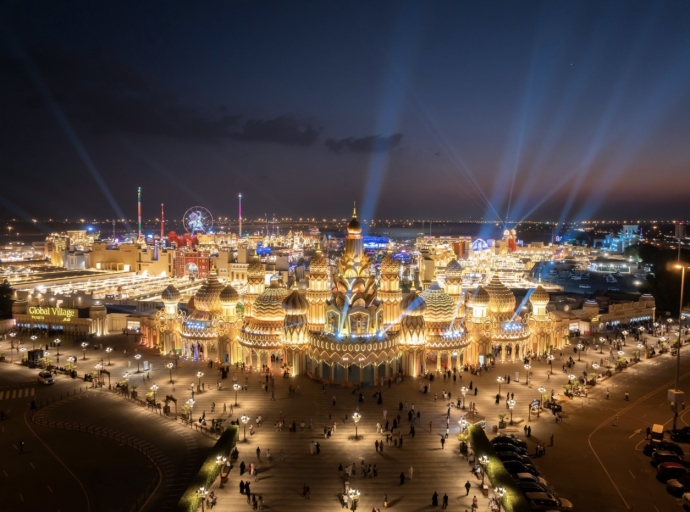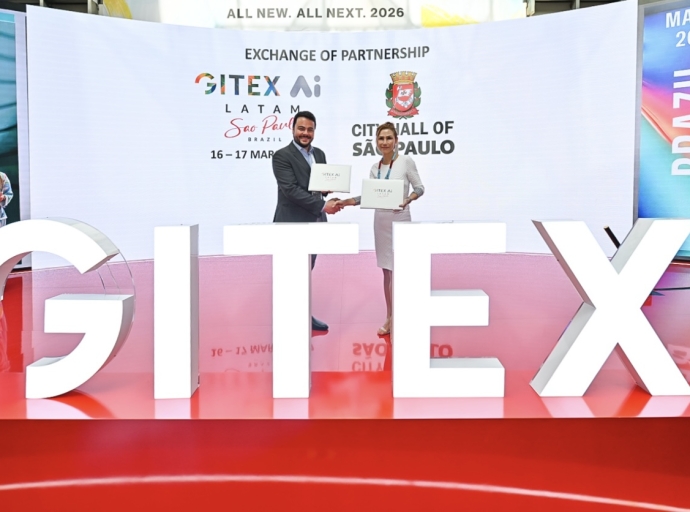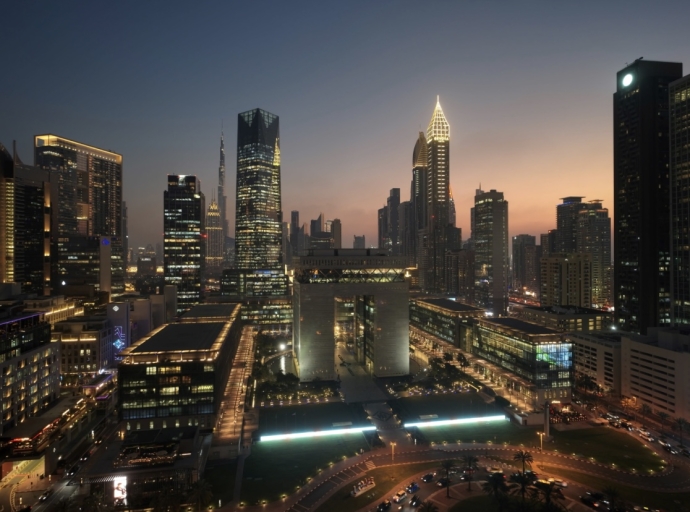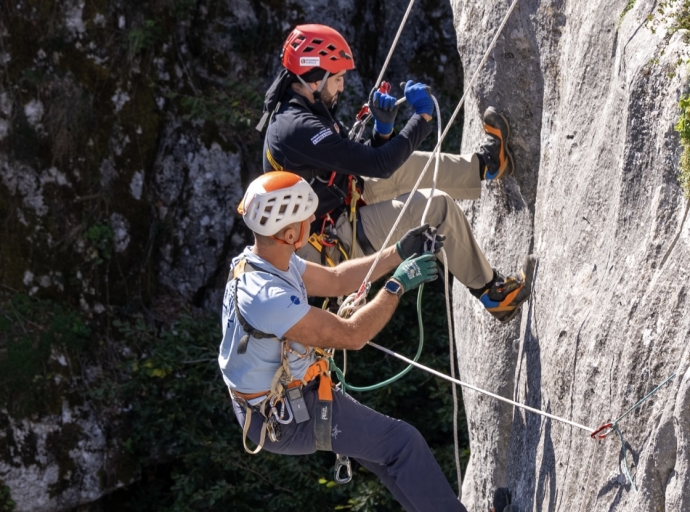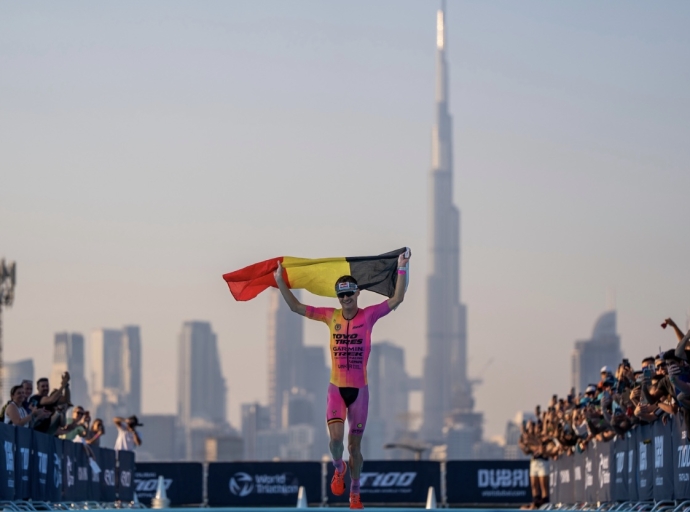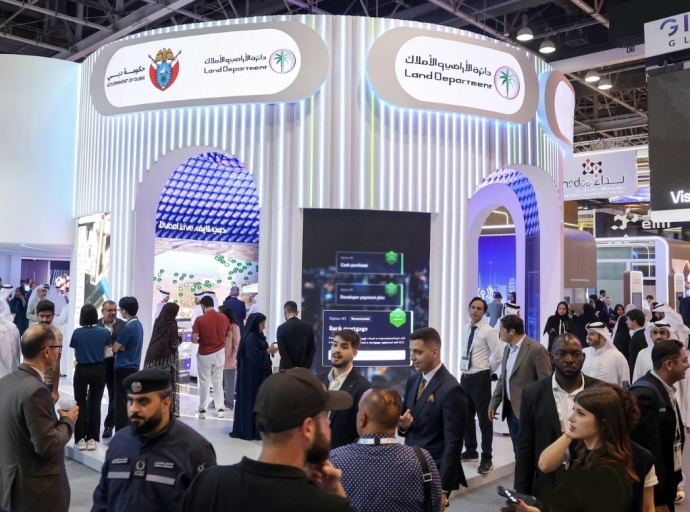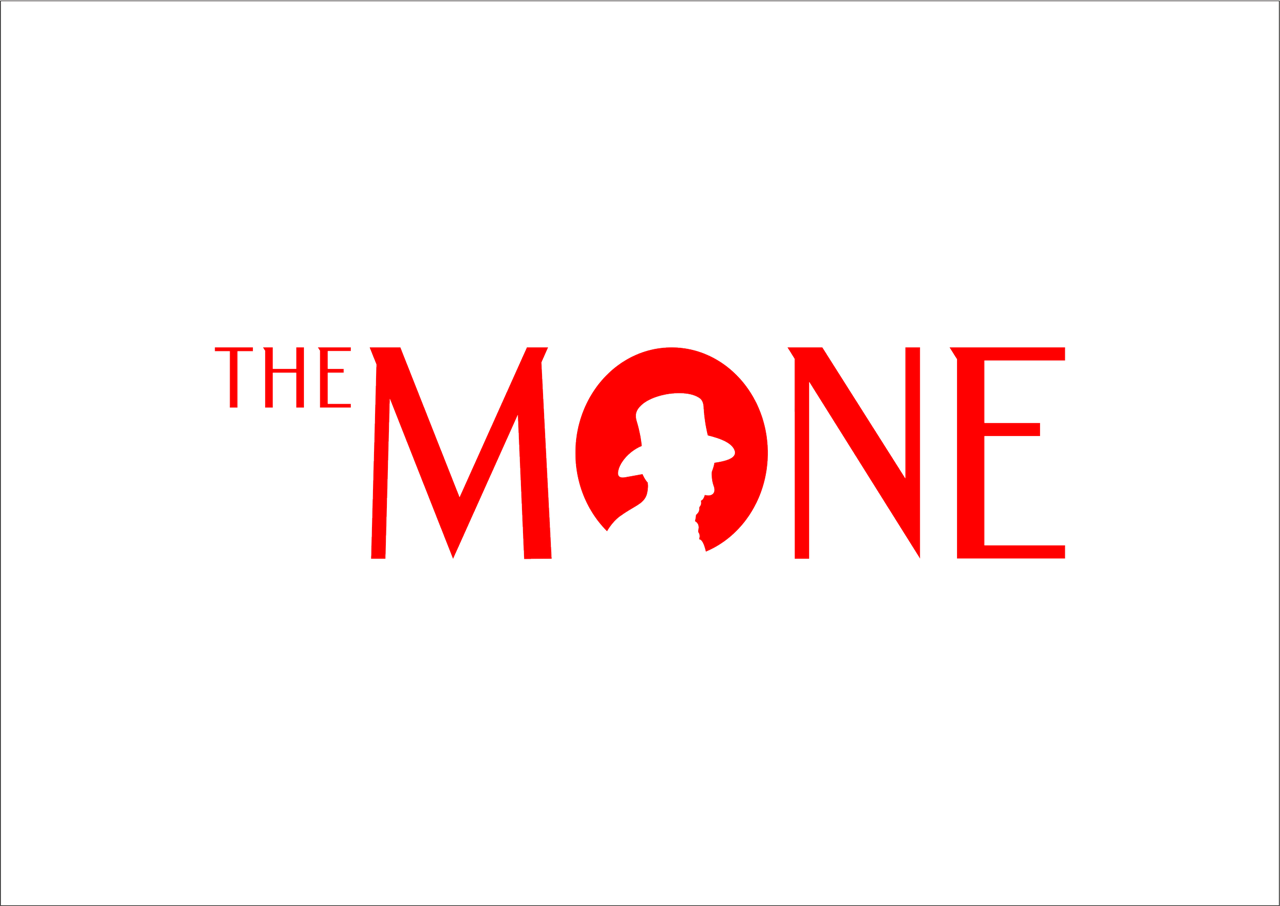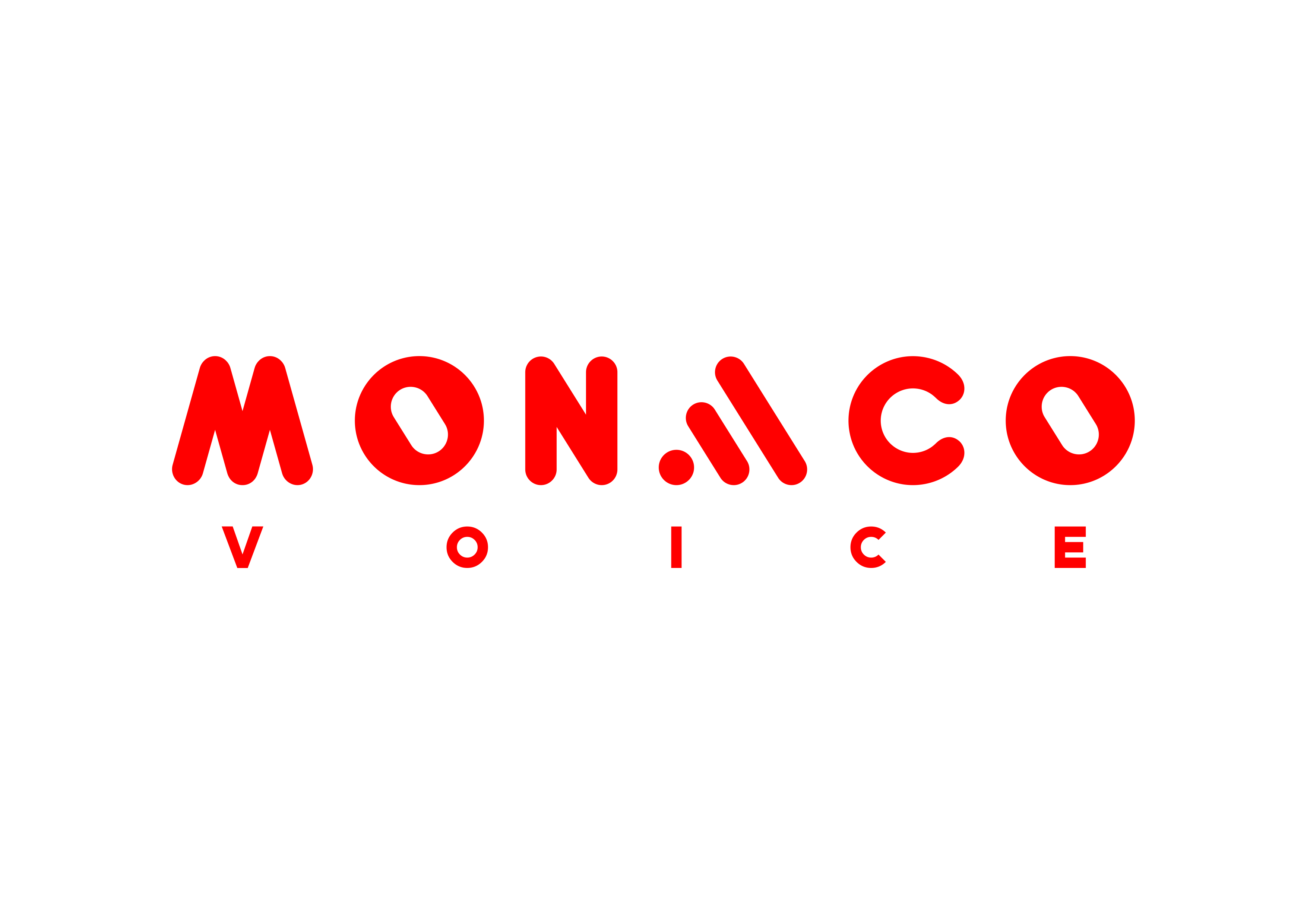His Highness Sheikh Mansoor bin Mohammed bin Rashid Al Maktoum, President of the UAE National Olympic Committee, toured GITEX GLOBAL 2025 on Wednesday, as the event continued its showcase of advanced technologies shaping the global digital economy.
Hosted at the Dubai World Trade Centre, the 45th edition of GITEX GLOBAL is billed as the world’s largest technology and artificial intelligence exhibition, bringing together more than 6,800 companies and 2,000 startups from 180 countries. The event runs through October 17.
During his visit, Sheikh Mansoor explored a range of national and international pavilions displaying innovations in artificial intelligence, cloud computing, robotics, big data, and smart mobility. He was accompanied by senior officials including Helal Saeed Almarri, Director General of the Dubai Department of Economy and Tourism; Lt. Gen. Mohammed Ahmed Al Marri, Director General of the General Directorate of Residency and Foreigners Affairs; and Hamad Obaid Al Mansoori, Director General of Digital Dubai.
"GITEX GLOBAL reflects the vision of His Highness Sheikh Mohammed bin Rashid Al Maktoum to establish a digitally driven economy grounded in innovation and global collaboration," Sheikh Mansoor said. "The event reinforces Dubai’s role as a platform for connecting leading technology players and supporting startup ecosystems.”
Among the stops on the tour were the e& pavilion, where the telecom group showcased its latest digital platforms; the K2 stand, featuring autonomous mobility solutions; and the Saudi Telecom Company (STC) exhibit, focused on AI and next-generation connectivity.
At the Dubai Police stand, 12 new AI-based tools were unveiled, including interactive services and robotic systems aimed at improving public safety. Sheikh Mansoor also reviewed smart initiatives from the Roads and Transport Authority (RTA), the Dubai Electricity and Water Authority (DEWA), Dubai Civil Defense, and the UAE Space Agency.
Held under the theme “The Future of AI: Shaping Tomorrow’s Economy,” this year’s GITEX highlights technological developments and policy frameworks designed to guide responsible innovation across key economic sectors.
Photo credits: Government of Dubai Media Office


